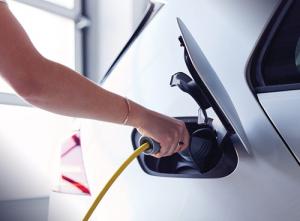Influencing Charging Behavior
Erika Myers is the principal of transportation electrification for SEPA. Erika has worked in the EV industry for over a decade and specializes in the nexus among EVs, clean energy, and electric utilities.
Without a thoughtful approach to encourage off-peak residential charging, the predicted rapid growth in electric vehicle (EV) adoption could lead to costly distribution system impacts and infrastructure upgrades for utilities.

Since forecasts predict much of the future charging load associated with EVs will occur at home, residential time-varying rates will be a valuable tool for utilities to manage system costs by influencing EV charging behavior.
According to a recent report from the Smart Electric Power Alliance (SEPA) titled, Residential Electric Vehicle Time-Varying Rates That Work: Attributes that Increase Enrollment, EV specific time-varying rates effectively incentivize off-peak charging, and customers are interested in using them.
The report provides empirical evidence supporting design and implementation factors that increase customer enrollment. Produced in partnership with The Brattle Group, Enel X, and E4TheFuture, the analysis is based on a survey of nearly three thousand EV customers and twenty-eight utilities offering EV rates — the most comprehensive EV rate survey to date.
As of 2017, approximately nine percent of all U.S. utilities and energy suppliers offered a residential time-varying rate, with over six and a half million customers enrolled. The landscape of EV specific time-varying rate offerings is changing quickly, with the majority of these rates introduced in the past few years.
